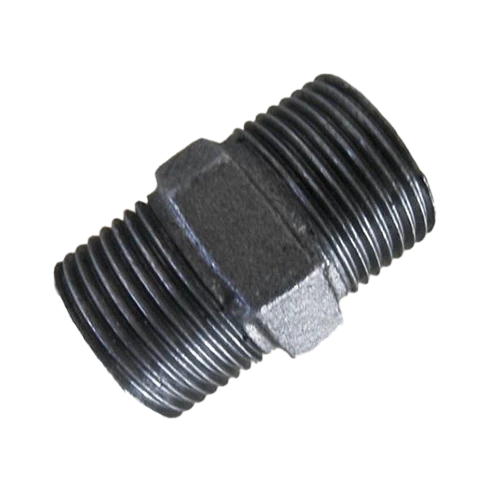Mobile:+86-311-808-126-83
Email:info@ydcastings.com
Optimizing Heat Treatment Processes for Enhanced Aluminum Casting Performance and Durability
The Importance of Heat Treatment in Aluminum Casting
Aluminum casting is a vital manufacturing process that produces components for various industries, including automotive, aerospace, and consumer goods. With its lightweight, corrosion resistance, and excellent thermal conductivity, aluminum is a preferred material for many applications. However, to maximize its mechanical properties and performance, heat treatment plays a crucial role in the overall casting process. This article delves into the significance of heat treatment in aluminum casting, discusses different heat treatment processes, and highlights the benefits they provide.
Understanding Aluminum Casting
Aluminum casting involves pouring molten aluminum into molds to create desired shapes. This process allows complex geometries to be formed, which can be challenging or impossible using traditional machining methods. However, the raw cast aluminum typically has inferior mechanical properties compared to other metals. This limitation can hinder its application in high-stress environments. Therefore, heat treatment is employed to enhance these properties significantly.
The Role of Heat Treatment
Heat treatment refers to a series of controlled heating and cooling processes that alter the physical and sometimes chemical properties of a material. In aluminum casting, this process helps achieve increased strength, improved ductility, and better corrosion resistance. There are several key heat treatment methods used for aluminum alloys, including aging, annealing, and solution treatment.
1. Solution Treatment This process involves heating the cast aluminum to a specific temperature, typically between 450°C and 540°C, depending on the alloy used. The material is held at this elevated temperature long enough to dissolve soluble alloying elements, resulting in a homogenous phase. Once cooled, the aluminum retains this microstructure, which enhances its strength.
2. Aging After solution treatment, aging can be conducted to further enhance the mechanical properties. This process can be natural or artificial. Natural aging occurs at room temperature over time, while artificial aging is performed at elevated temperatures, usually between 150°C and 200°C. The aging process allows the formation of fine precipitates within the aluminum matrix, improving its hardness and tensile strength.
aluminum casting heat treatment

3. Annealing Unlike aging, which strengthens the material, annealing is a heat treatment that softens aluminum. It involves heating the aluminum casting to a specific temperature and then slowly cooling it down. This process relieves internal stresses developed during casting, improves ductility, and makes the material easier to machine.
Benefits of Heat Treatment
The benefits of heat treatment in aluminum casting are manifold. Primarily, it significantly enhances the mechanical properties of aluminum, making it suitable for a wider range of applications. Strength improvements can be drastic; in some cases, tensile strength can be increased by over 50 percent. Additionally, heat treatment enhances corrosion resistance, making aluminum components more durable and reliable in harsh environments.
Another critical advantage of heat treatment is the improvement in dimensional stability. Castings that undergo heat treatment are less prone to warping and dimensional changes when subjected to further processing or environmental stresses. This stability is vital in industries such as aerospace and automotive, where precision is critical.
Furthermore, heat treatment can lead to better fatigue resistance. Components exposed to cyclic loading can benefit from the enhanced mechanical properties, leading to longer service lives and reduced maintenance costs. In applications such as aircraft structures or automotive components, this is crucial for safety and reliability.
Conclusion
In summary, heat treatment is an essential process in aluminum casting that significantly enhances the material's mechanical properties. Through methods like solution treatment, aging, and annealing, manufacturers can produce aluminum components that are not only stronger and more durable but also exhibit improved performance in various applications. As industries continue to demand high-performance materials, the role of heat treatment in aluminum casting will remain pivotal in ensuring the reliability and efficiency of aluminum products. As technology advances, further explorations into heat treatment processes may lead to even more innovations in the aluminum casting domain, driving the development of next-generation materials that meet the evolving needs of industries worldwide.
-
Valve Body Acts as the “Heart” of Flow ControlNewsMay.19,2025
-
Understanding the Importance of ImpellersNewsMay.19,2025
-
Importance of Automobile Water PumpsNewsMay.19,2025
-
How an Engine Oil Pan Works to Keep Your Car LubricatedNewsMay.19,2025
-
Common Materials Used in Pump Impeller ManufacturingNewsMay.19,2025
-
Ball Valve Casting in Modern Pipeline SystemsNewsMay.19,2025











